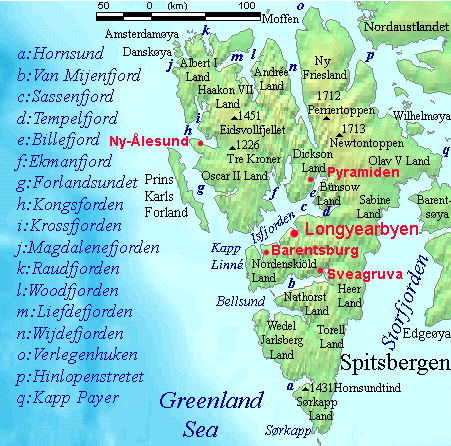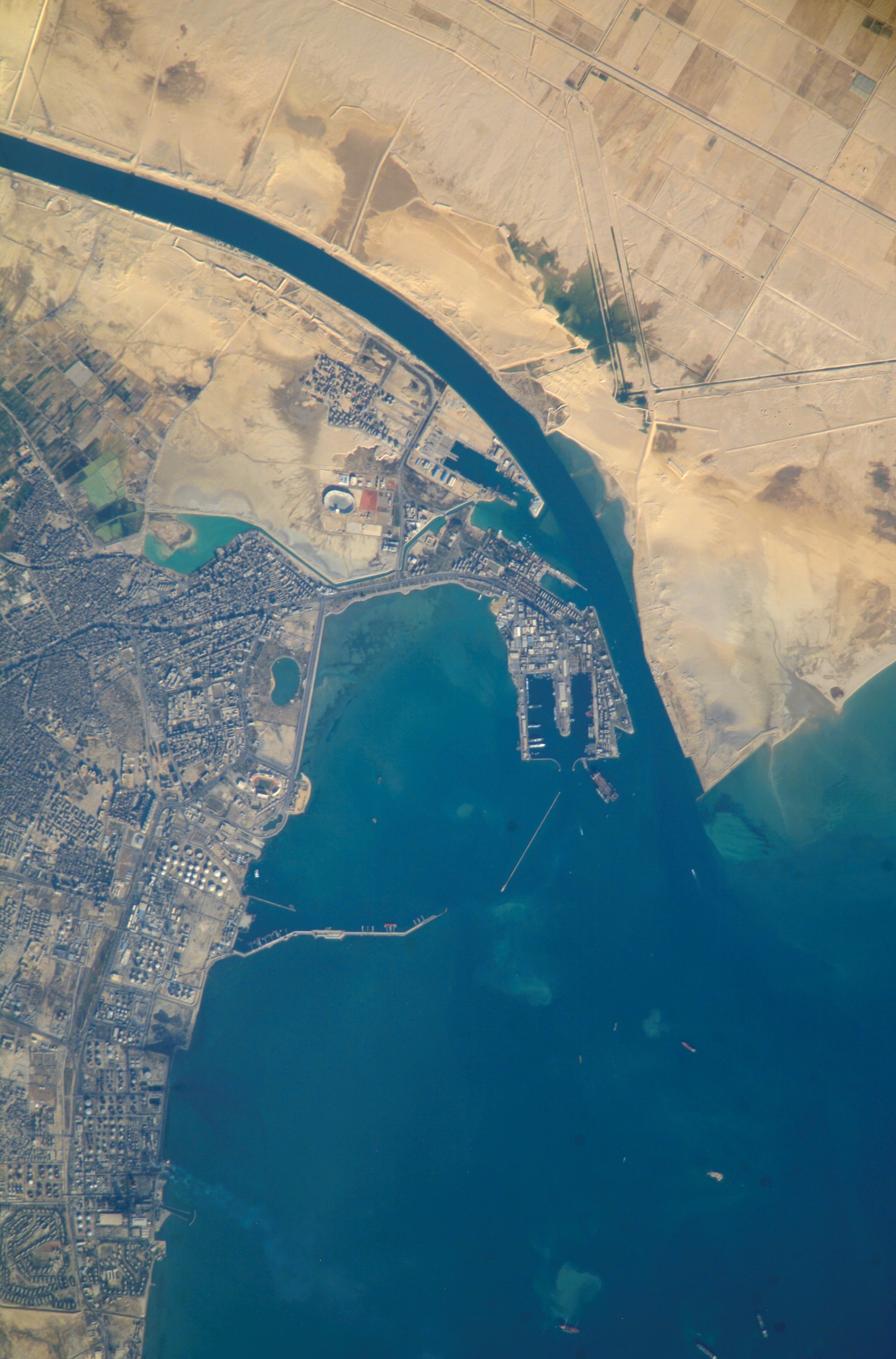|
Scheibreen
Scheibreen is a glacier in Albert I Land at Spitsbergen, Svalbard. It is located on Reuschhalvøya, and debouches into Scheibukta, a southern bay of Smeerenburgfjorden Smeerenburgfjorden is a fjord in Albert I Land at Spitsbergen, Svalbard. It has a length of about twenty kilometers and a width of about four kilometers. The fjord is named after the old whaling settlement Smeerenburg, which was situated at the so .... The glacier is named after geologist Per Schei. See also * List of glaciers in Svalbard References Glaciers of Spitsbergen {{spitsbergen-glacier-stub ... [...More Info...] [...Related Items...] OR: [Wikipedia] [Google] [Baidu] |
Scheibukta
Scheibukta is a bay in Albert I Land at Spitsbergen, Svalbard. The bay is located on Reuschhalvøya, outside Scheibreen and west of St. Laurentiusbukta. It is named after Norwegian geologist Per Schei Per is a Latin preposition which means "through" or "for each", as in per capita. Per or PER may also refer to: Places * IOC country code for Peru * Pér, a village in Hungary * Chapman code for Perthshire, historic county in Scotland Math .... References Bays of Spitsbergen {{Spitsbergen-geo-stub ... [...More Info...] [...Related Items...] OR: [Wikipedia] [Google] [Baidu] |
Reuschhalvøya
Reuschhalvøya is a peninsula in Albert I Land at Spitsbergen, Svalbard. The peninsula is named after geologist Hans Henrik Reusch. It is located south of Smeerenburgfjorden and Bjørnfjorden, and north of Magdalenefjorden. The largest glacier of the peninsula is Scheibreen, while Smeerenburgbreen Smeerenburgbreen is a glacier in Albert I Land at Spitsbergen, Svalbard. It is located east of Reuschhalvøya. The glacier debouches into Bjørnfjorden, the inner part of Smeerenburgfjorden Smeerenburgfjorden is a fjord in Albert I Land at Spit ... is located east of the peninsula. References Peninsulas of Spitsbergen {{Spitsbergen-geo-stub ... [...More Info...] [...Related Items...] OR: [Wikipedia] [Google] [Baidu] |
List Of Glaciers In Svalbard
This is a list of glaciers in Svalbard. It includes glaciers and ice caps in Svalbard, Norway. List of glaciers and ice caps Ice caps *Austfonna * Biscayarfonna * Glitnefonna *Lomonosovfonna * Løvenskioldfonna * Valhallfonna * Vegafonna *Vestfonna Glaciers *Aavatsmarkbreen * Abrahamsenbreen * Adambreen * Adolfbreen * Akademikarbreen * Aldegondabreen *Angelbreen *Antoniabreen *Arbobreen * Arlabreen * Arneliusbreen * Åsgardfonna *Austgötabreen *Austjøkulen *Bakaninbreen *Balderfonna * Barentsjøkulen * Belopol'skijbreen *Besselsbreen * Bjørlykkebreen * Bjørnbreen *Blomstrandbreen *Borebreen * Bragebreen * Bråsvellbreen *Brazybreen * Buchananisen * Buchanbreen *Bullbreen * Bungebreen * Charlesbreen * Charpentierbreen * Chauveaubreen * Chomjakovbreen *Chydeniusbreen * Comfortlessbreen * Dahlbreen *Deltabreen *Devikbreen * Dollfusbreen *Duckwitzbreen *Dunderdalsbreen *Edgeøyjøkulen * Eidembreen *Elfenbeinbreen * Erdmannbreen *Esmarkbreen * Etonbreen *Fimbulisen *Fjortend ... [...More Info...] [...Related Items...] OR: [Wikipedia] [Google] [Baidu] |
Albert I Land
Albert I Land is the land area of the northwestern part of Spitsbergen, Svalbard. It is bordered by Haakon VII Land to the southeast. To the northeast lies Raudfjorden and its inner branch, Klinckowströmfjorden, to the southeast Krossfjorden and its inner branch, Lilliehöökfjorden, to the west and north the Arctic Ocean. Albert I Land is the part of Spitsbergen that was first observed by Willem Barentz in 1596. Currently uninhabited, several geographical names stem from the history of whaling in the area during the 17th century. The area is named after Albert I, Prince of Monaco Albert I (Albert Honoré Charles Grimaldi; 13 November 1848 – 26 June 1922) was Prince of Monaco from 10 September 1889 until his death. He devoted much of his life to oceanography, exploration and science. Alongside his expeditions, Albert I ..., in honor of his exploration of Spitsbergen, and in particular this area in 1898-1907. The Hornemantoppen mountain is the highest peak in Albert I ... [...More Info...] [...Related Items...] OR: [Wikipedia] [Google] [Baidu] |
Spitsbergen
Spitsbergen (; formerly known as West Spitsbergen; Norwegian: ''Vest Spitsbergen'' or ''Vestspitsbergen'' , also sometimes spelled Spitzbergen) is the largest and the only permanently populated island of the Svalbard archipelago in northern Norway. Constituting the westernmost bulk of the archipelago, it borders the Arctic Ocean, the Norwegian Sea, and the Greenland Sea. Spitsbergen covers an area of , making it the largest island in Norway and the 36th-largest in the world. The administrative centre is Longyearbyen. Other settlements, in addition to research outposts, are the Russian mining community of Barentsburg, the research community of Ny-Ålesund, and the mining outpost of Sveagruva. Spitsbergen was covered in of ice in 1999, which was approximately 58.5% of the island's total area. The island was first used as a whaling base in the 17th and 18th centuries, after which it was abandoned. Coal mining started at the end of the 19th century, and several permanent com ... [...More Info...] [...Related Items...] OR: [Wikipedia] [Google] [Baidu] |
Svalbard
Svalbard ( , ), also known as Spitsbergen, or Spitzbergen, is a Norway, Norwegian archipelago in the Arctic Ocean. North of continental Europe, mainland Europe, it is about midway between the northern coast of Norway and the North Pole. The islands of the group range from 74th parallel north, 74° to 81st parallel north, 81° north latitude, and from 10th meridian east, 10° to 35th meridian east, 35° east longitude. The largest island is Spitsbergen, followed by Nordaustlandet and . The largest settlement is Longyearbyen. The islands were first used as a base by the Whaling, whalers who sailed far north in the 17th and 18th centuries, after which they were abandoned. Coal mining started at the beginning of the 20th century, and several permanent communities were established. The Svalbard Treaty of 1920 recognizes Norwegian sovereignty, and the 1925 Svalbard Act made Svalbard a full part of the Kingdom of Norway. They also established Svalbard as a free economic zone and a ... [...More Info...] [...Related Items...] OR: [Wikipedia] [Google] [Baidu] |
Smeerenburgfjorden
Smeerenburgfjorden is a fjord in Albert I Land at Spitsbergen, Svalbard. It has a length of about twenty kilometers and a width of about four kilometers. The fjord is named after the old whaling settlement Smeerenburg, which was situated at the southern part of Amsterdam Island. The fjord is located between the peninsulas of Vasahalvøya and Reuschhalvøya, and connects westwards through the straits of Danskegattet and Sørgattet. The Smeerenburgbreen Smeerenburgbreen is a glacier in Albert I Land at Spitsbergen, Svalbard. It is located east of Reuschhalvøya. The glacier debouches into Bjørnfjorden, the inner part of Smeerenburgfjorden. Smeerenburg was the name of a Dutch whaling station f ... glacier debouches into the head of the fjord. References Fjords of Spitsbergen {{Spitsbergen-fjord-stub ... [...More Info...] [...Related Items...] OR: [Wikipedia] [Google] [Baidu] |
Debouch
In hydrology, a debouch (or debouche) is a place where runoff from a small, confined space discharges into a larger, broader body of water. The word is derived from the French verb ''déboucher'' (), which means "to unblock, to clear". The term also has a military usage. Geology In fluvial geomorphology, a debouch is a place where runoff from a small, confined space emerges into a larger, broader space. Common examples are when a stream runs into a river or when a river runs into an ocean. Debouching can generate massive amounts of sediment transport. When a narrow stream travels down a mountain pass into a basin, an alluvial fan will form from the mass deposit of the sediment. The four largest rivers (the Amazon, the Ganges-Brahmaputra, the Yangtze and the Yellow) are responsible for 20% of the global discharge of sediment in to the oceans by debouches. Geography In fluvial geography, a debouch is a place where a body of water pours forth from a narrow opening. Some examples a ... [...More Info...] [...Related Items...] OR: [Wikipedia] [Google] [Baidu] |
Per Schei
Per is a Latin preposition which means "through" or "for each", as in per capita. Per or PER may also refer to: Places * IOC country code for Peru * Pér, a village in Hungary * Chapman code for Perthshire, historic county in Scotland Math and statistics * Rate (mathematics), ratio between quantities in different units, described with the word "per" * Price–earnings ratio, in finance, a measure of growth in earnings * Player efficiency rating, a measure of basketball player performance * Partial equivalence relation, class of relations that are symmetric and transitive * Physics education research Science * Perseus (constellation), standard astronomical abbreviation * Period (gene) or ''per'' that regulates the biological clock and its corresponding protein PER * Protein efficiency ratio, of food * PER or peregrinibacteria, a candidate bacterial phylum Media and entertainment * PeR (band), a Latvian pop band * ''Per'' (film), a 1975 Danish film Transport * IATA co ... [...More Info...] [...Related Items...] OR: [Wikipedia] [Google] [Baidu] |
Norwegian Polar Institute
The Norwegian Polar Institute (NPI; no, Norsk Polarinstitutt) is Norway's central governmental institution for scientific research, mapping and environmental monitoring in the Arctic and the Antarctic. The NPI is a directorate under Norway's Ministry of Climate and Environment. The institute advises Norwegian authorities on matters concerning polar environmental management and is the official environmental management body for Norwegian activities in Antarctica. Activities The institute's activities are focused on environmental research and management in the polar regions. The NPI's researchers investigate biodiversity, climate and environmental toxins in the Arctic and Antarctic, and in this context the institute equips and organizes large-scale expeditions to both polar regions. The institute contributes to national and international climate work, and is an active contact point for the international scientific community. The institute collects and analyses data on the environ ... [...More Info...] [...Related Items...] OR: [Wikipedia] [Google] [Baidu] |




